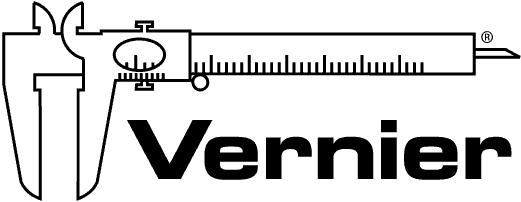Vernier/NSTA Technology Awards Name Seven Educators for Innovative Use of Technology

Vernier Software & Technology and the National Science Teachers Association (NSTA) announced the seven winners of the 2018 Vernier/NSTA Technology Awards. A panel of NSTA-appointed experts chose the winning educators—one elementary teacher, two middle school teachers, three high school teachers, and one college-level educator—for their innovative use of data-collection technology in the science classroom.
Each winner was recognized at the 2018 NSTA National Conference in Atlanta, GA, on March 16, 2018, and received $1,000 in cash, $3,000 in Vernier products, and up to $1,500 toward expenses to attend the conference.
[Students Win Competition to Design Orbiting Science Lab for Astronauts on Mars Mission]
This year’s Vernier/NSTA Technology Award winners include:
Elementary School
Rachel Hallett-Njuguna,Goldsboro Elementary Magnet School, Sanford, FL
Space Lab teacher Rachel Hallett-Njuguna will have students in grades K–5 model complex systems, such as a Mars habitat, and use LabQuest 2 devices and an assortment of Vernier sensors to collect authentic data.
Tech & Learning Newsletter
Tools and ideas to transform education. Sign up below.
Middle School
Robert Hodgdon,Richmond Hill Middle School, Richmond Hill, GA
Students use Vernier data-collection technology, such as a pH sensor, to understand the biotic and abiotic factors relevant to their local habitats such as tidal marshes, ephemeral wetlands, and relic forests.
Leah LaCrosse, McCormick Junior High School, Huron, OH
8th graders will participate in a year-long project in which they will use Vernier technology to collect air, water, and soil samples to study the community’s impact on nearby Lake Erie.
High School
George Hademenos,Richardson High School, Richardson, TX
As part of a STEM-based project, George Hademenos challenged his students to design, model, construct, test, and navigate a robotic vehicle. Students used the ROAVEE (Remotely Operated Amphibious Vehicle for Environmental Exploration), which was equipped with Vernier sensors, to collect environmental data from areas not easily or safely accessible to students, such as in a lake and inside a drainage tunnel.
Misty Heredia, Los Fresnos High School, Los Fresnos, TX
Heredia plans to engage her physics students in various inquiry-based investigations utilizing Vernier technology, including an impulse and falling phones activity, in which students design labs based on their experiences with broken cell phones due to accidental falls.
Bob Talbitzer, Kearney High School, Kearney, NE
To understand how oxygen is correlated to the creation of energy at the cellular level, students will use Vernier technology to design a fish respirometer, which will allow them to collect and analyze data on goldfish oxygen usage under different current velocities.
To learn more about the 2018 Vernier/NSTA Technology Awards and to find details about the 2019 awards program, visit http://www.vernier.com/grants/nsta/.











